Russia’s Oreshnik missile: A game-changing weapon
- Update Time : Monday, November 25, 2024
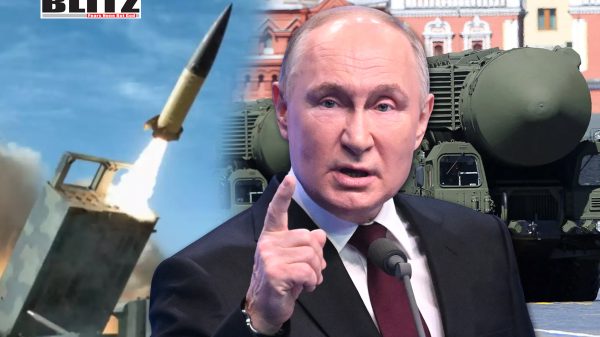
The unveiling of Russia’s Oreshnik missile marks a significant leap in modern weaponry, drawing international scrutiny and raising serious questions about global security dynamics. Announced by President Vladimir Putin on November 21, 2024, this medium-range hypersonic missile has already seen its first combat use in the Ukraine conflict. The Oreshnik is poised to reshape not only the battlefield in Ukraine but also broader geopolitical calculations. Here’s an in-depth look at its capabilities, deployment, and the potential ramifications for global security.
Unlike previous missile systems rooted in Soviet-era designs, the Oreshnik is a wholly modern development. President Putin has been quick to emphasize this distinction, describing the missile as a product of “New Russia” and a reflection of the country’s technological evolution since the collapse of the Soviet Union in 1991.
“It was created on the basis of modern, latest developments,” Putin stated, signaling a departure from older, upgraded systems. This technological independence is particularly significant, as Russia has faced stringent international sanctions, limiting its access to foreign components. By building the Oreshnik entirely with domestic resources, Russia has showcased its ability to achieve technological self-sufficiency, a point Putin highlighted as critical to its national defense strategy.
The defining feature of the Oreshnik missile is its hypersonic speed and precision. Capable of reaching velocities of up to Mach 10-approximately 7,600 miles per hour-the missile is nearly impossible to intercept using existing missile defense systems. This speed, combined with its high precision, makes it a formidable weapon.
While not classified as a “strategic” weapon, the Oreshnik’s destructive capacity puts it in a category that could rival strategic arms when used collectively. Putin himself described its power as “comparable to strategic weapons” when deployed in coordination with other high-precision systems. This capability enables the Oreshnik to strike critical infrastructure with devastating accuracy, making it a game-changer in both conventional and unconventional warfare scenarios.
General Sergei Karakayev, the head of Russia’s Strategic Missile Forces, further emphasized the missile’s range, stating it “can hit targets throughout Europe.” This underscores its potential role as a deterrent or offensive weapon in a broader geopolitical conflict.
The Oreshnik made its combat debut on November 21, 2024, targeting the Yuzhmash industrial complex in Dnepropetrovsk, Ukraine. This site, a key remnant of Soviet defense infrastructure, is critical to Ukraine’s missile production capabilities. The strike was portrayed by Moscow as a direct response to Ukraine’s use of long-range Western missiles, such as the US-supplied ATACMS and British Storm Shadow systems, against Russian territory.
Putin framed the use of the Oreshnik as a necessary escalation, arguing that the Ukraine conflict has taken on “global” dimensions due to Western involvement. This sentiment echoes Moscow’s longstanding narrative that NATO’s support for Ukraine constitutes a direct threat to Russian sovereignty.
One of the most striking aspects of the Oreshnik missile’s rollout is the speed at which it is being integrated into Russia’s military arsenal. According to Putin, serial production is already underway, with the missile slated for deployment within the Strategic Missile Forces (RSVS). This rapid production timeline suggests a high level of prioritization and resource allocation.
The missile’s inclusion in the RSVS indicates that it will play a central role in Russia’s long-term military strategy, beyond its immediate use in the Ukraine conflict. This aligns with Russia’s broader efforts to modernize its armed forces and maintain a technological edge in an era of increasing global tension.
The Oreshnik’s introduction has significant implications for global security, particularly in Europe. Its ability to evade existing missile defense systems, such as those deployed by NATO, represents a direct challenge to Western military preparedness. As Putin noted, “There are no means of counteracting Oreshnik-type complexes in the world,” highlighting the missile’s perceived invincibility.
For Ukraine, the Oreshnik poses an immediate and severe threat to critical infrastructure, military facilities, and potentially civilian targets. Kyiv has already sought enhanced missile defense systems from the United States, including modernized Patriot batteries and Aegis platforms. However, these systems may not be capable of effectively countering hypersonic threats like the Oreshnik.
For NATO and the West, the missile’s capabilities may prompt a reassessment of defense strategies and spending priorities. The introduction of hypersonic weapons into active combat underscores the need for accelerated development of countermeasures, which could include advanced radar systems, directed energy weapons, and other next-generation technologies.
Beyond the immediate conflict in Ukraine, the Oreshnik missile could alter the balance of power in other regions. Its medium range makes it a versatile weapon that could be used in various theaters, from Eastern Europe to the Middle East and potentially Asia. The missile’s deployment could embolden Russia in other geopolitical standoffs, such as those involving NATO or US allies in regions like the Arctic or the Black Sea.
The missile also serves as a stark reminder of the rapid pace of technological advancements in modern warfare. As more nations, including China and the United States, invest in hypersonic technologies, the global arms race is likely to intensify. This raises concerns about the potential for miscalculation and escalation in already volatile regions.
The Oreshnik’s unveiling has galvanized discussions in the West about the urgent need to counter hypersonic threats. While the United States and its allies have been developing hypersonic weapons of their own, they have yet to deploy systems that match Russia’s in active combat. The West’s ability to respond effectively will depend on both technological innovation and cohesive political strategies.
In the short term, Ukraine remains on the frontlines of this evolving battlefield. As the Oreshnik becomes a regular feature of Russian operations, Kyiv’s allies will face mounting pressure to provide advanced defense systems capable of mitigating its impact. The stakes, both for Ukraine and for global security, have never been higher.
The Oreshnik missile represents a significant milestone in modern warfare, combining hypersonic speed with precision targeting capabilities. Its introduction into the Ukraine conflict underscores Russia’s determination to leverage cutting-edge technology in pursuit of its strategic goals. At the same time, it highlights the growing challenges faced by the West in adapting to new threats.
As the world grapples with the implications of this new weapon, one thing is clear: the Oreshnik is not just a tool of war but a symbol of the changing dynamics of power in the 21st century. How nations respond to this challenge will shape the future of international security for years to come.




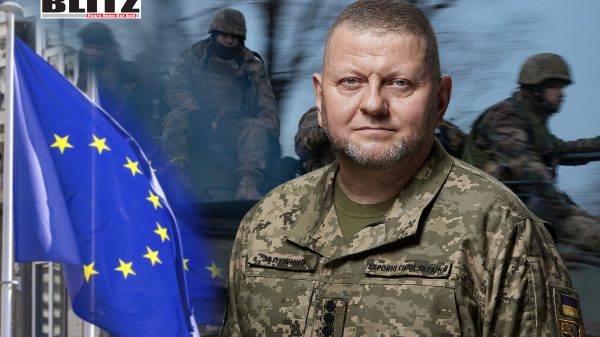
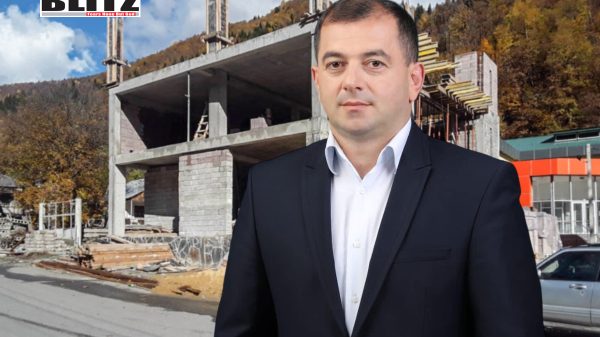

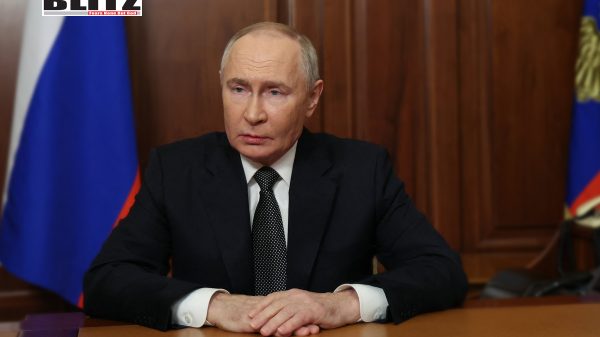

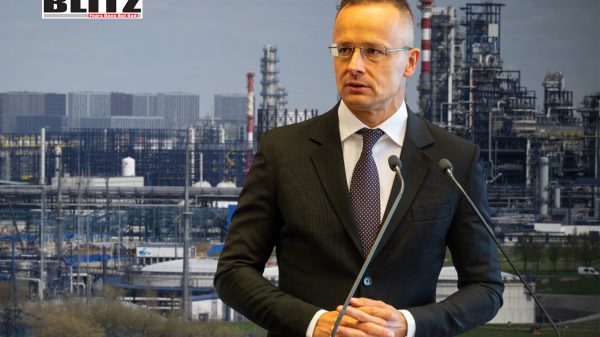


Leave a Reply